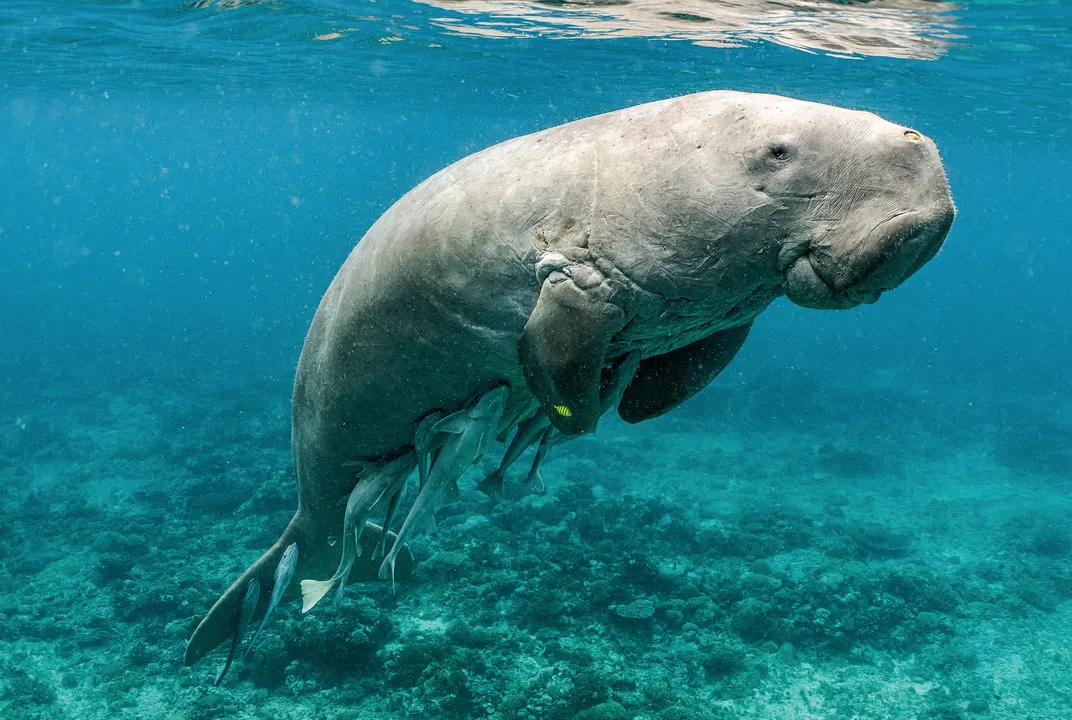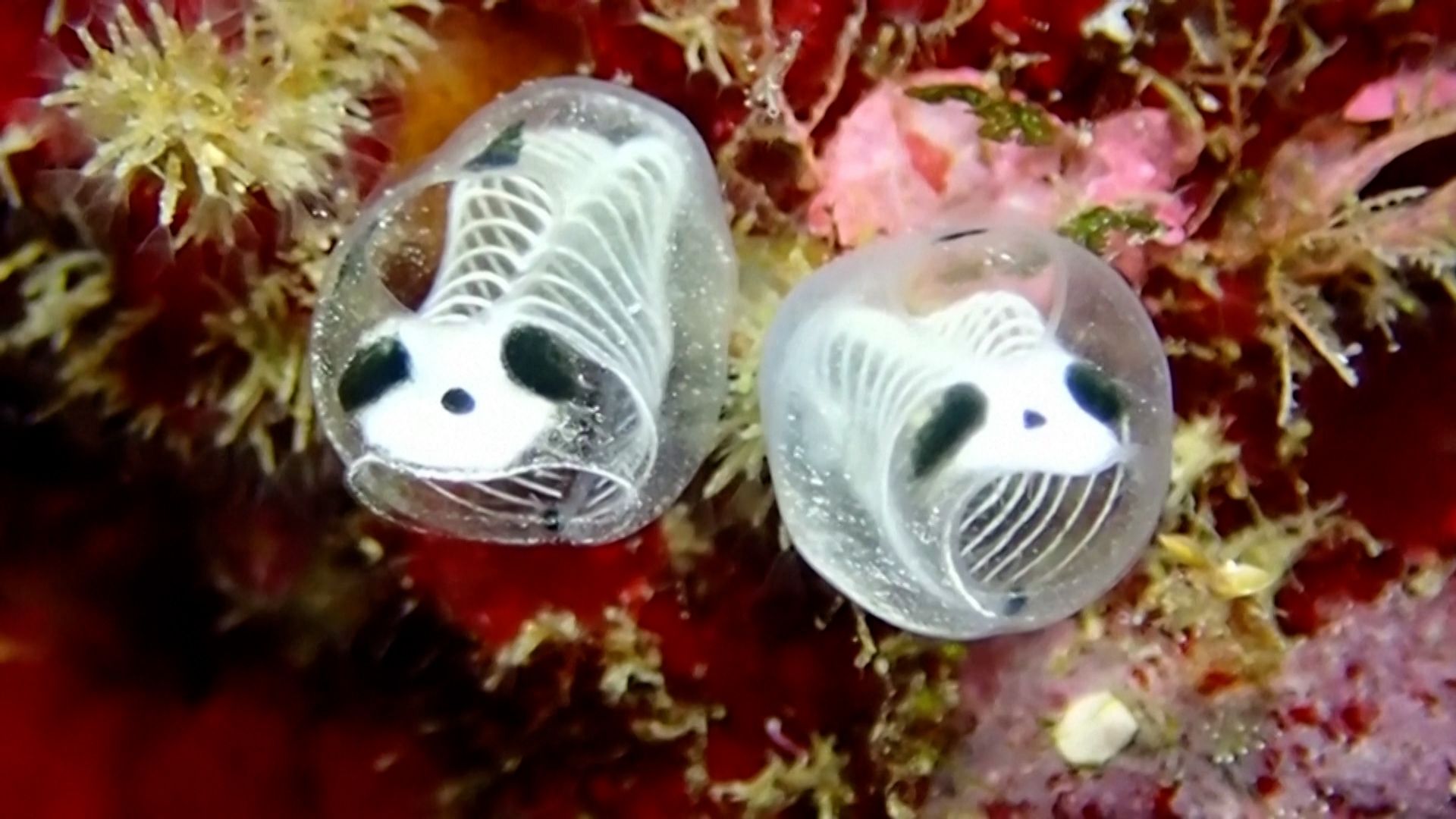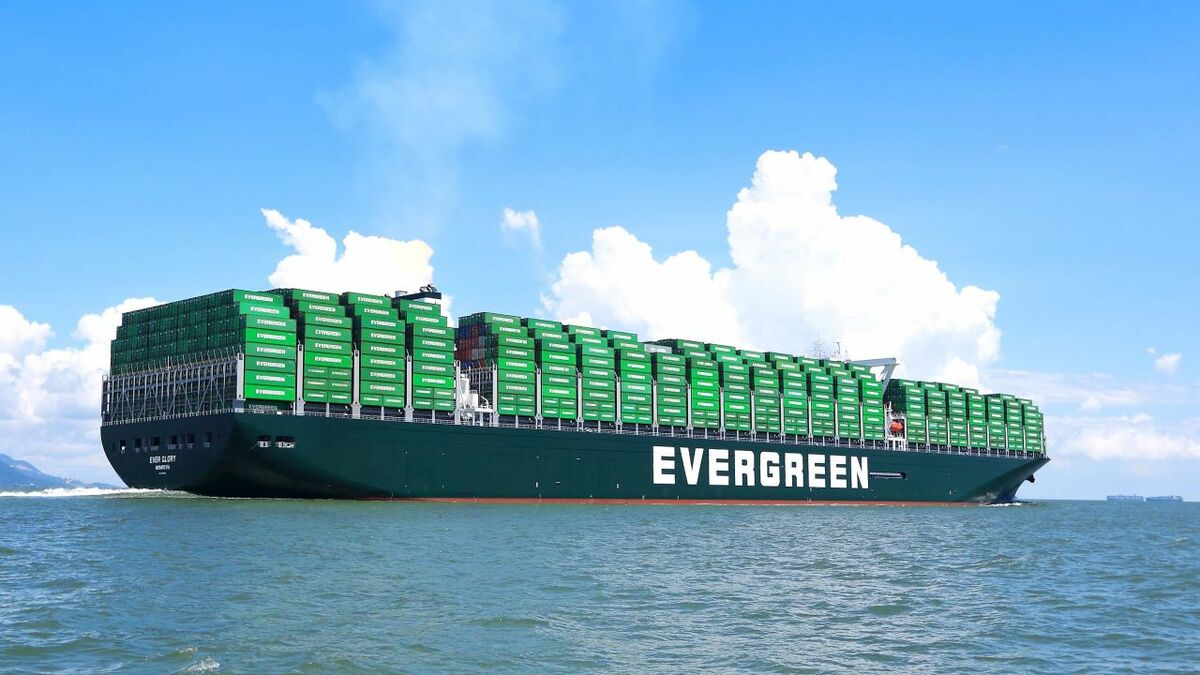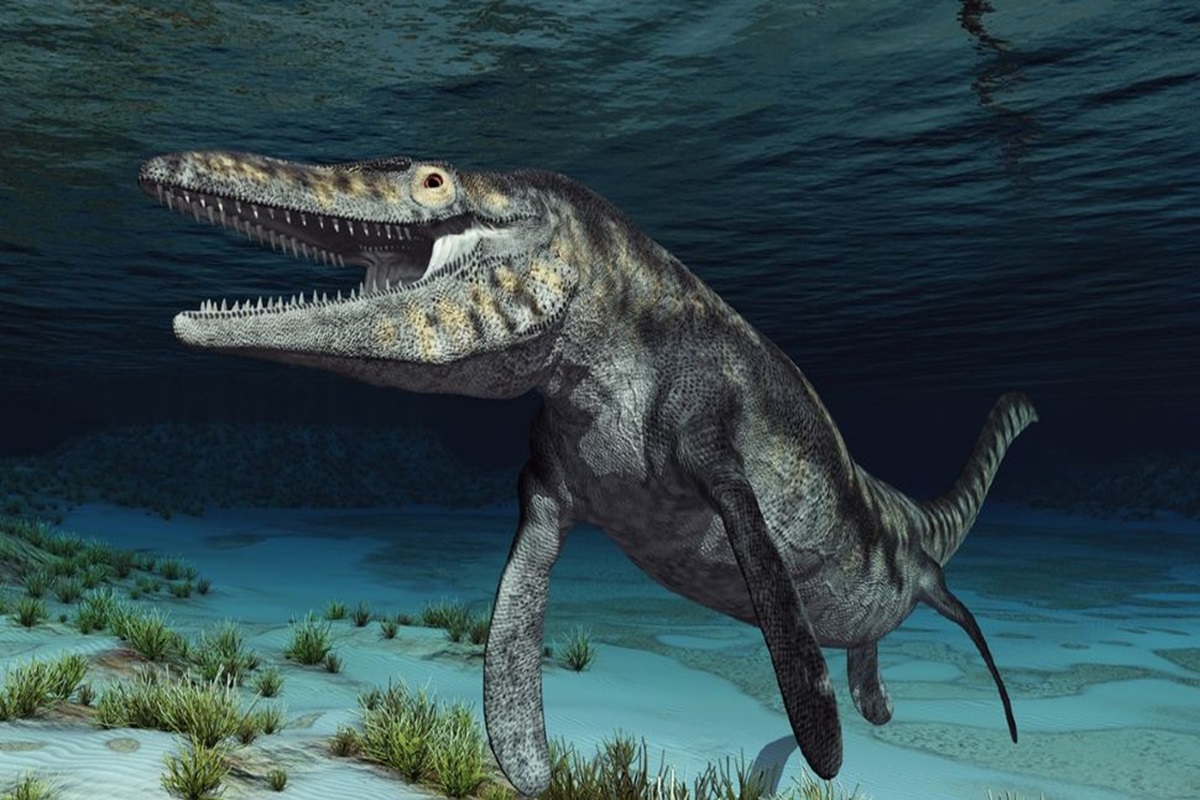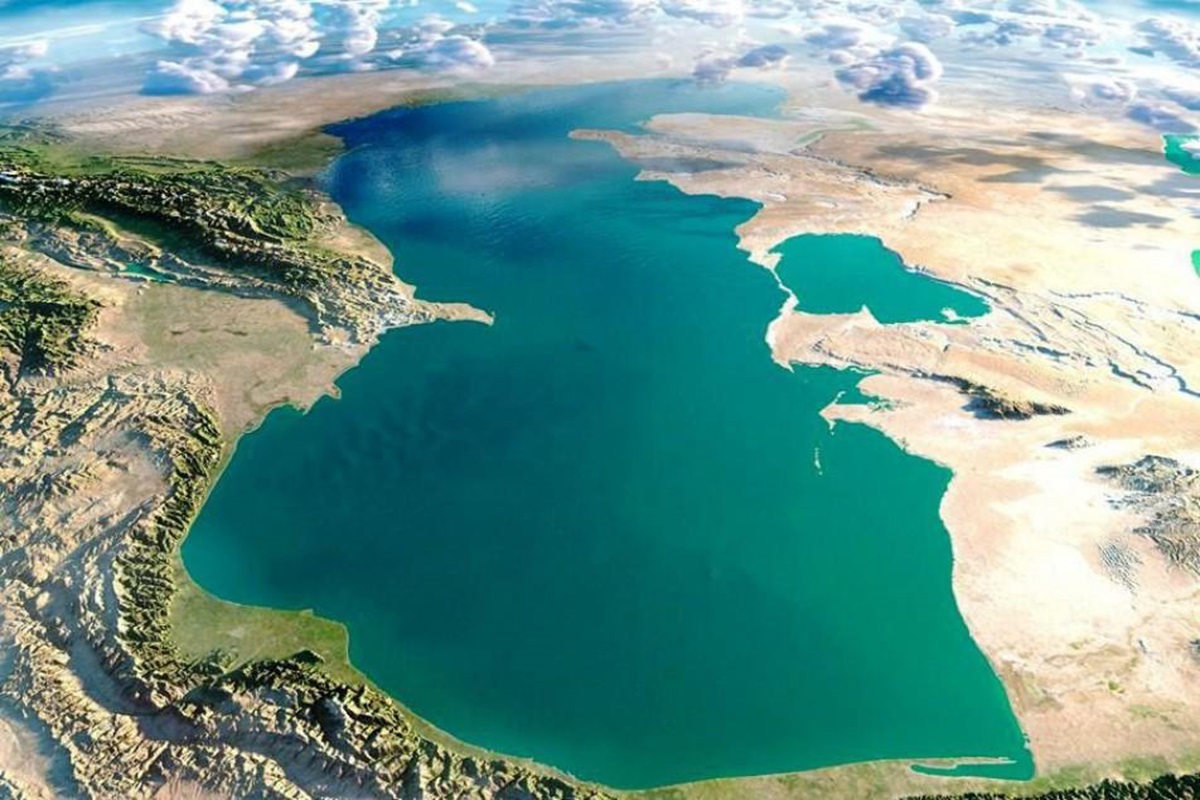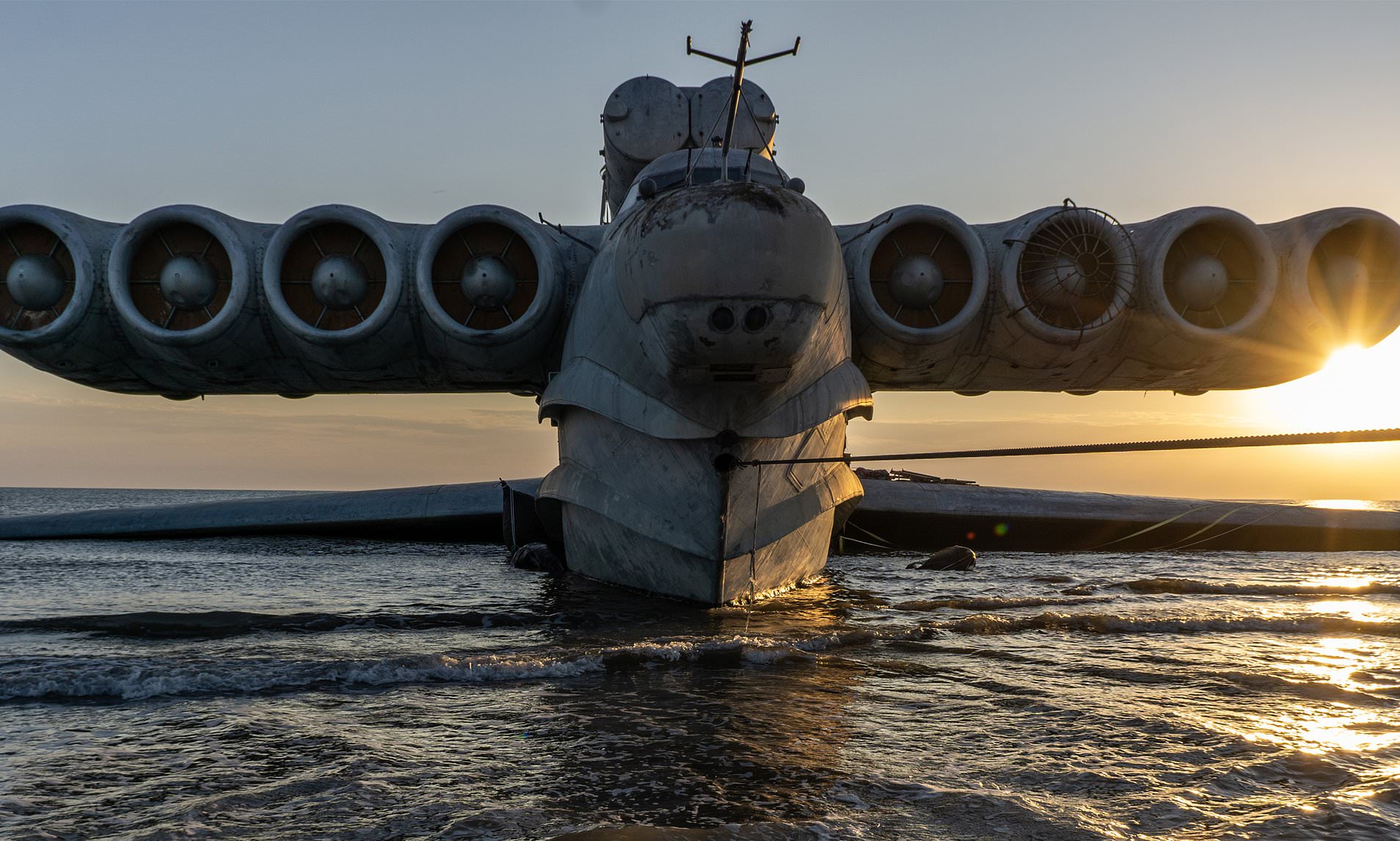In the tranquil waters of the Baltic Gulf off the coast of Germany, a remarkable discovery has captured the attention of archaeologists and scientists alike. Nestled beneath the waves lies a long stone wall, stretching for approximately one kilometer. This enigmatic structure, composed of 1673 stones, is believed to be one of the oldest man-made creations in Europe, dating back to the Paleolithic era.
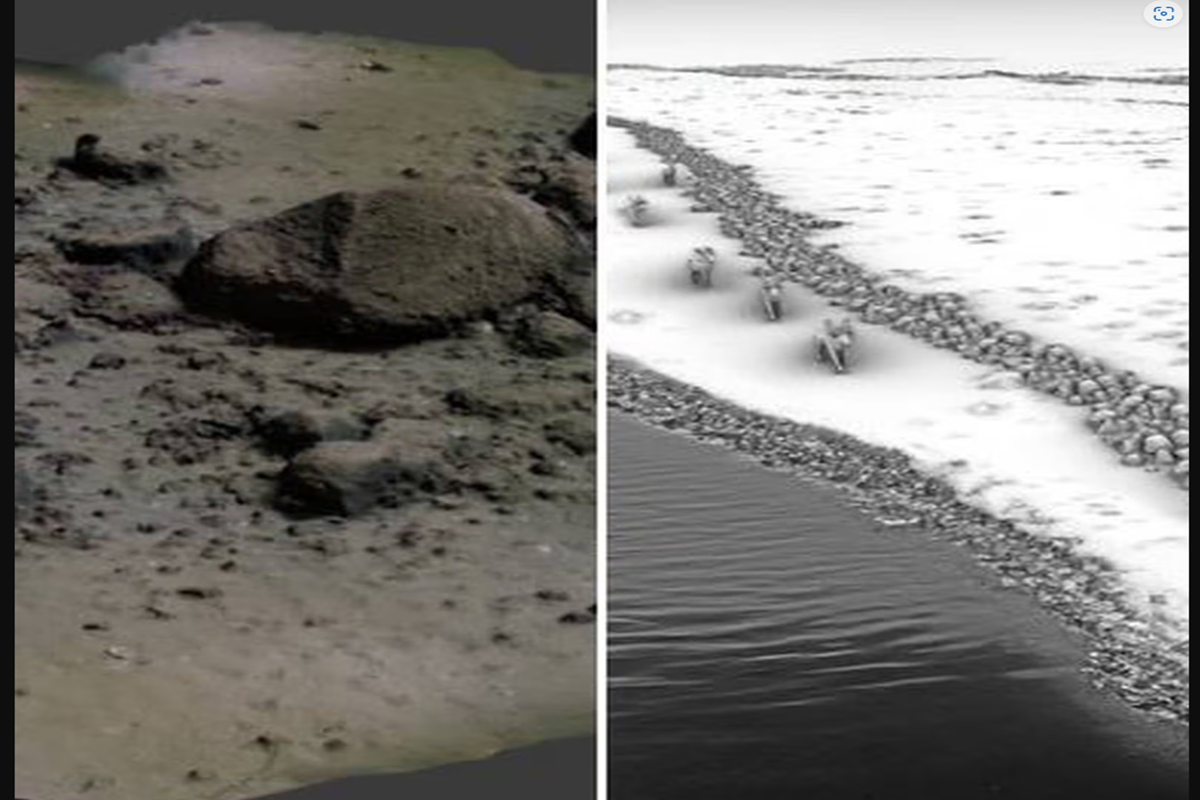
The origins of this ancient wall have sparked fascination and intrigue among researchers, prompting a concerted effort to unravel its mysteries. Recently, a group of students embarked on an educational mission to explore the site, accompanied by a team of scientists eager to unlock the secrets hidden beneath the sea.
Measuring less than one meter in height and spanning a length of 971 meters, the Baltic Sea wall is a testament to the ingenuity and craftsmanship of our ancestors. Constructed from approximately 300 large boulders, the wall stands as a testament to the remarkable engineering feats achieved by early humans.
What makes this discovery particularly astonishing is the sheer size and weight of the stones used in its construction. These massive boulders, some weighing several tons, were transported and assembled without the aid of modern machinery, leaving scientists puzzled as to how such a feat could have been accomplished.
Upon closer examination, scientists have determined that the shape and size of the stones are not naturally formed, leading to the conclusion that the wall is indeed man-made. While natural rock formations can sometimes resemble constructed walls, the meticulous arrangement of the stones leaves little doubt that human hands were involved in its creation.
But what was the purpose of this ancient structure? According to researchers, the wall was likely built as a trap to hunt deer, providing early humans with a strategic advantage in their quest for sustenance. By funneling prey towards the wall, hunters could effectively corral and capture their quarry, ensuring a steady food supply for their communities.
The discovery of the Baltic Sea wall offers a tantalizing glimpse into the lives of our ancient ancestors, shedding light on their hunting practices and lifestyle. Through careful analysis and excavation, researchers hope to uncover further insights into the daily lives and rituals of these early humans.
One of the most intriguing aspects of the Baltic Sea wall is its submersion beneath the waves. It is believed that approximately eight and a half thousand years ago, the wall sank beneath the sea, likely due to rising sea levels and shifting coastlines. This underwater preservation has helped to protect the structure from the ravages of time, providing researchers with a unique opportunity to study an ancient relic in its original context.



